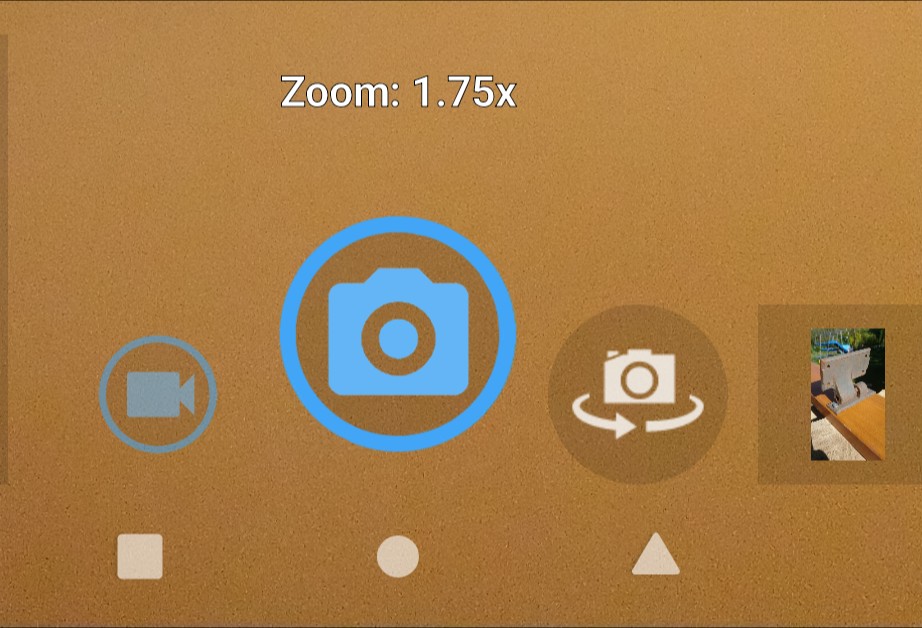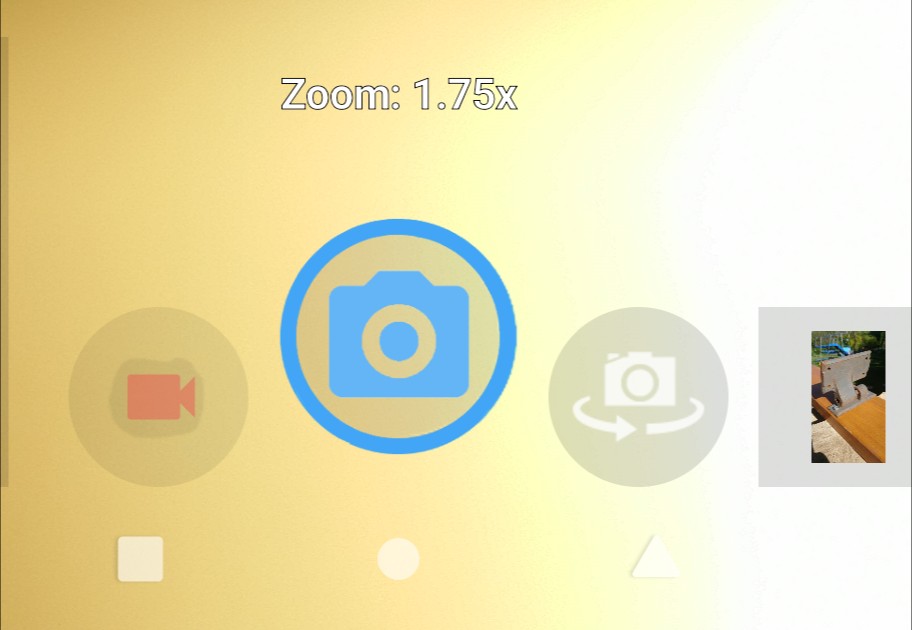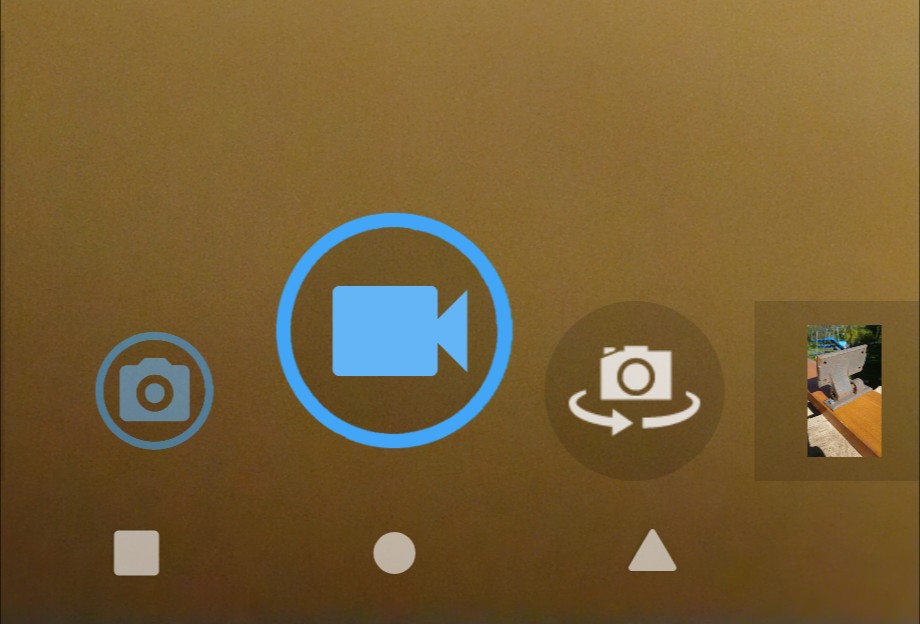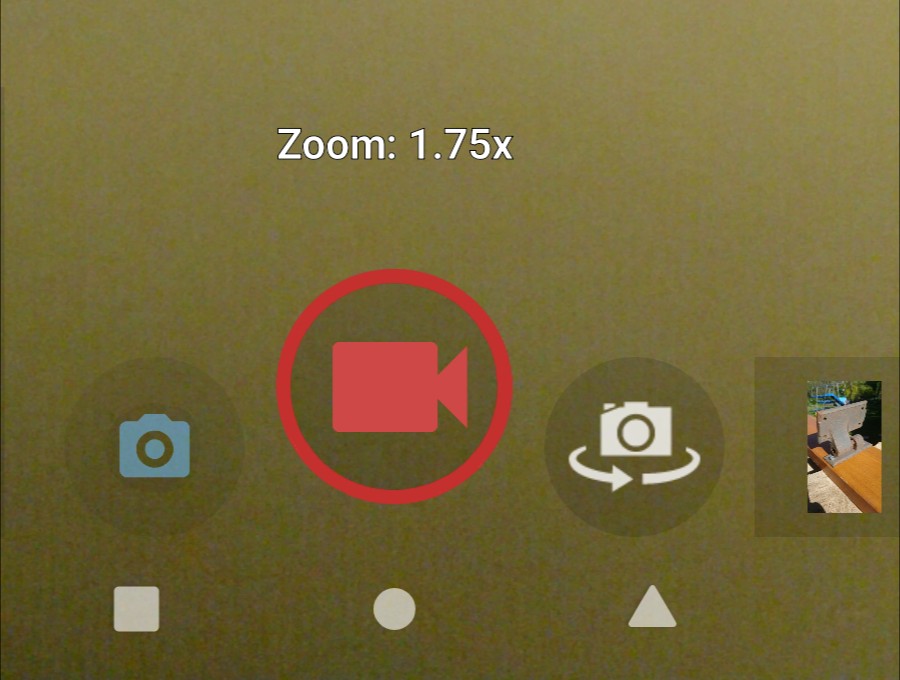Matrix is a messaging eco-system that’s Open, Libre, Free as in Freedom. We can use Matrix our way, while our friends on Matrix can choose to use a different app that suits their tastes, and a different service provider with different terms and conditions that better suit their needs.
Like the personal messaging silo mega-corps (WhatsApp, Telegram, Signal), and like business messaging silos (Slack), Matrix gives us:
- text messaging
- pictures, video
- voice and video calls
- and more
Unlike the silos, Matrix:
- encourages variety and competition in apps and services
- including paid, free, and open source ones
- does not require a phone number or phone signal
- for example: students can use matrix over campus wifi
- enables you to choose or create your own ToS
- for example: your friend may permit their children to have accounts
- supports using multiple devices at once
- for example: use matrix on your phone and laptop
- enables you to Own Your Own Identity
- identify yourself with a personal or family domain name
- is a great fit for a school, a church, a business, or an army
- use the organisation’s existing user accounts, data storage, privacy policies
Open, Libre, Free as in Freedom?
Think of email. No one company owns the rights to the email system or controls what you can and can’t do, and who can and can’t have an email address. Think of the telephone system. While one company can operate a part of the service and put their branding and their terms and conditions on the user who signs up to their service, they do not prevent you from calling and receiving calls from any user who signed up to a different telephone service operator.
Matrix is in this way like email and telephones. If you don’t like how your provider operates any more, you can leave them and sign up with a different provider, and, the crucial part, still talk to your existing contacts, no matter which provider they use. [1]
As an alternative to using one of the paid or free service providers, anyone can also run their own Matrix “home server”, privately or commercially. This is a particularly good option for an independent or public organization such as a school, a church, or a business, which by running their own server can benefit from defining their own terms and conditions, linking the user accounts to their existing user account system, adding their own add-ons to their service, and controlling where the data is stored such as keeping it within their organization. This is a “can do” in both senses of “can”: they are allowed, and they are able. They are allowed, because that is a core tenet of the Open eco-system, and they are able, because it requires only a modest level of expertise and cost. At the larger end of the scale, one can rent an organization-scale matrix service, while at the smaller scale, a technically inclined friend can run a server for a family or an individual.
“What’s So Wrong with Using WhatsApp?”
We hear a lot about “privacy issues” in the news. Often we feel these issues would not practically impact ourselves. We understand they could be a problem for some people who are already vulnerable, people involved in something dangerous or living in a country whose law-keeping and culture aren’t like ours. In our western society of literate adults, we feel for the most part that we have nothing much to hide, little to worry about if someone working in an internet data company can sometimes read some of our messages, because we feel secure enough that appropriate protections are in place.
Let’s look at an example close to home. In our sector of society it can feel like WhatsApp is free to use for us and all our friends. The easy assumption is that anyone not already on it can “just” sign up so it’s available to everyone in our social circle. But look deeper. Let’s consider just one of the several problematic issues. I want to share messages, photos and video calls with my daughter. Let’s say she is a technically literate 8-year-old called Lisa who has been using my WhatsUp on my phone under supervision, and it’s time she had her own phone. We could sign her up for her own WhatsApp account, but that would be breaking WhatsApp’s terms of service because she’s under 16. What would happen then? Likely nothing much to begin with — the megacorp doesn’t seem to check — but according to their terms they may terminate her account at any time. And they would treat it just the same as any adult’s account, sharing data with Facebook and introducing advertising and paid services into it whenever they want. Is this how I want my family’s private communications to be run? So what is a father supposed to do, when friends tell me I should “just use WhatsApp” to keep in touch with them? Try to keep a separation between messaging contacts who use WhatsApp, and private conversations with my family and their children in another app? That’s really awkward. It’s the current broken approach, the only choice we have had so far.
It’s not about me, and it’s not about you: we are both able to use WhatsApp, you and me. We’re all right, Jack. It’s about what we do to our friends when we expect them to use WhatsApp. We force our friends to split their communications into two groups: those using WhatsApp and those who shouldn’t. We restricts our friends’ freedom to manage their own communications the way they want to.
By contrast, if I ask my friend to use Matrix to talk to me, I grant them the freedom to use the same service provider as me, if they wish, or a different one if that suits them better. I grant them the freedom to use any matrix-capable app of their choice, connected to a matrix server with terms and conditions and features that suit their needs. I grant them the freedom to talk privately with their children using the same platform that they use for talking to me, without forcing on them the same account provider or the same terms and conditions that I chose for myself. Going a step further, if I rent or run a Matrix server for my family, I can write my own terms and conditions which say my children are allowed to use it. They might not be allowed to contact users registered on certain other servers, or on any other servers at all, depending on what I choose. The point is, in an “open” system, I can do this, in both senses of “can” — it is legally allowed and I am practically able to do it.
“Why isn’t everyone on Matrix then?”
Simply because it’s relatively new — having begun around 2015 and become mature enough for daily use by ordinary people around 2020 — and of course because the commercial silo systems have a huge market share, a huge advertising revenue to spend on self-promotion, and huge vested interests in users remaining locked in their silos. In late 2020 there have been proposals in the EU Commission to force megacorp silos such as these to inter-operate, but the proposals (in my opinion) are unlikely to come into force strongly enough for many years. The situation was the same with telephones a hundred years ago. Many incompatible services. Eventually regulators made them inter-operate. It took years. E-mail too suffered from some competing incompatible services in its early years, until the advantages of using the standard interoperable email system led to it becoming universal. E-mail is the success story of the (last) century, having been an Open standard from the outset, and this is why today email not only endures but is still the bottom line, the universal standard for digital connectivity with everyone.
Initially unexpected by the original creators of Matrix, but easy to explain with hind-sight, Matrix has taken off fastest in the public sector. Enlightened governments are keen to rid themselves of dependence on the American megacorps. The French civil service, the German military, and German schools and universities were some of its earliest large adopters, keen to publicise their successes, while UK and US and other governments are said to be investigating more quietly. As it is an open system, their involvement funds improvements that are shared for everyone’s benefit.
“How can I get started?”
You need two things: an account (registered on a server), and an app (that’s the client-side software). You get to choose both. Unlike a silo, there isn’t one server and one app. You get to choose a server that suits you, paid or free, with terms and conditions that you like; and you get to choose which client app or apps you like to use, perhaps one aimed at friendly private use or one aimed more at business styles of use. You can use multiple apps at the same time, perhaps one on mobile and one on your home computer, or change them whenever you like. In this sense the openness of the Matrix ecosystem is very much like that of email.
These are my top recommendations for a Matrix client app. Try both, or whichever sounds more to your liking, or look for
alternative clients if you prefer.
- FluffyChat
- iOS and Android apps; https://fluffychat.im/web/ in a desktop web browser
- a simple and friendly style, ideal for private individuals chatting with friends
- Element
- iOS and Android apps; https://app.element.io/ in a desktop web browser
- aimed at a wide audience from private individuals to business users
- a bit complex for a casual user, especially in settings, but very usable
- written by the founders of Matrix, it is the most widely known client
I would suggest FluffyChat if you are new to Matrix and want a simpler getting started experience, and expect to have under ten chat rooms for the time being; or Element otherwise.
You have the freedom to switch to another app at any time, keeping your same existing user account. In addition, these two client apps are both Free (as in Freedom) Software, so you are free from the risk of the creators insidiously adding advertising or anything unwanted over time, as other people can and will fork the software and create new free-from-whatever versions of the apps if the original creators should ever try doing that.
There are several providers and ways to register a Matrix account, both paid and free to use. The two main options are either to rent your own server (about £10 a month at the moment supporting several user accounts) or to get a free-of-charge account on a shared server. Some server options are loosely coupled or bundled with a client — for example, if you rent your own matrix server from Element, they give you an Element web-client to use with it — but you don’t have to use them together, you can just ignore one and use something else.
My top recommendations for registering a new account are:
- matrix.org — free; the biggest general-use server, run by the Matrix founders’ company for public use; has sometimes suffered periods of problems like extreme slowness due to overloading, and spam, but mostly is fine; limited to main Matrix functions and certain bridges
- get your own server (various ways); complete flexibility to run add-ons is possible of course
If you are new to Matrix, I suggest getting a matrix.org account first, while keeping in mind that you should later look into getting your own domain name and your own matrix server/service tied to your domain name.
Footnotes:
[1] If you use your own user identity (@me:mydomain) rather than borrowing one from the service provider, then it’s even better: when you switch providers you could keep your identity. You can use your own user identity currently by renting or running a personal matrix server. (I hope to see easier and cheaper options becoming available soon.)



